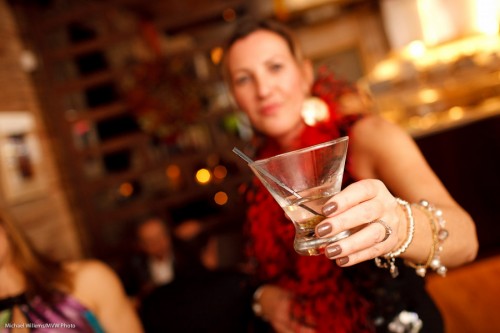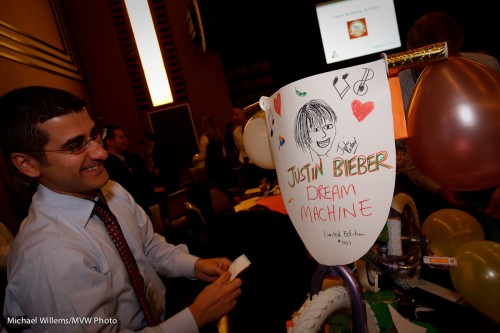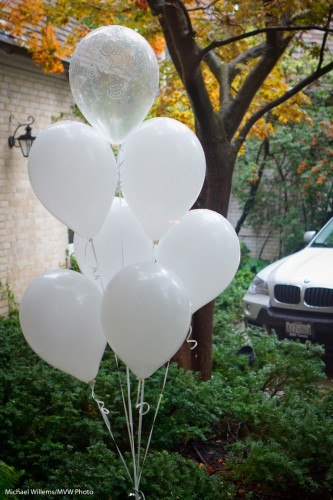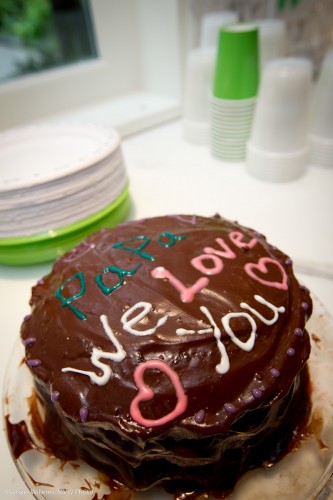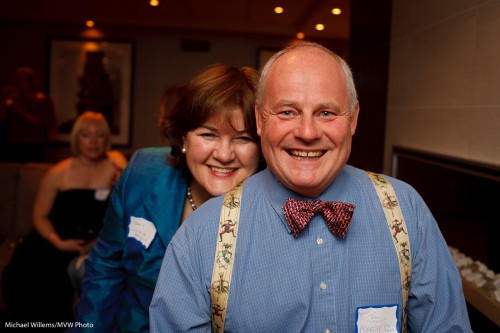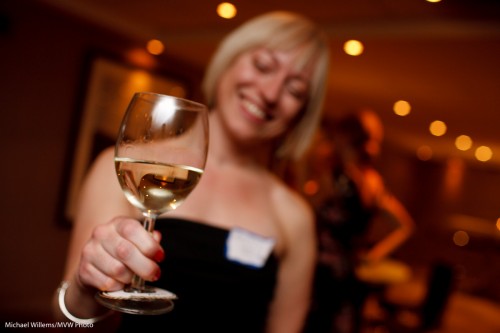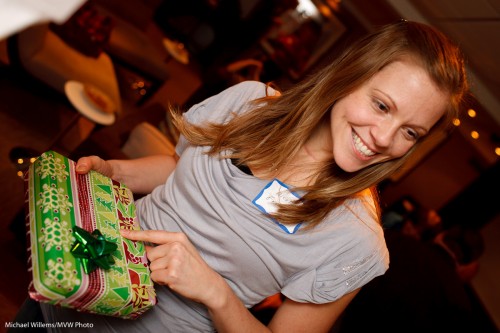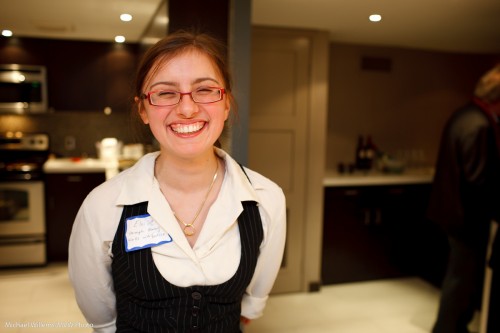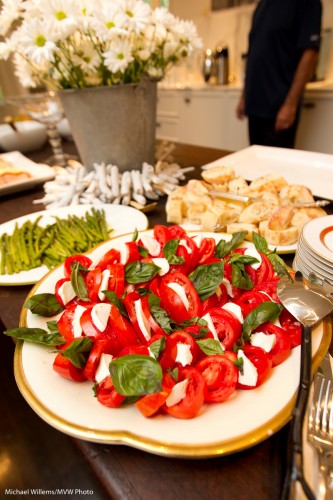Sunday, I shot a Bat Mitzvah party. Great fun, and wonderful people: this is why I love photography. Happy people celebrating a life event, and I get to shoot it: a privilege, and I get to do it for a living. What’s not to like?
I shot both formal portraits (using a backdrop and two strobes with umbrellas plus two speedlites for hair light and background light) and photojournalistic party shots.
For the latter, I have a few tips.
- Use a wide or somewhat wide lens. fast if possible. (I used a 16-35 f/2.8 zoom on a 1D MkIV, so that means I get a 22-46mm range).
- “If it smiles, shoot it”!
- Compose well. Use off-centre composition. Tilt if necessary or whenever you like (though not, please, in every picture). Do the “close-far” thing (search for it here if you do not know what this means).
- Camera on manual indoors and A/Av outdoors, and bounce your flash.
- Shoot detail, too.
- Often what you do not see tells the story.
The last points are worth belabouring. Like in a good Haiku, not telling the whole story is what makes it interesting. Implying, rather than saying.
Here, for instance, we do not see the girl, and her dad and family are blurred too:

Dad holds a speech for his Bat Mitzvah daughter.
But you see the smiles, and you can imagine what is going on. The picture tells a story.
And below, who wrote this? Little sister? The picture asks as many questions as it answers:

Little sister wrote on Bat Mitzvah girl's blackboard
And in the next image, one of my favourite party shots, the drink says fun: the blurred face emphasizes the fun and again, tells a story without telling too much:

Cheers! Girl raises juice glass
Another detail shot to not miss: the food.

Fruit
Here, during speeches, dad looks at his amused Bat Mitzvah daughter. We do not see who is speaking, even that anyone is speaking, but we can piece it together. Piecing it together is what makes a picture interesting to a viewer.

Speech at Bat Mitzvah
Of course even in the photojournalistic phase you do some set up shots, like the very last shot I took at the event: mum and daughter.

Bat Mitzvah and mom
—-
(Incidentally, if you want to learn theory and practice of creative use of light, there are still spots available on the advanced lighting course Joseph Marranca and I are putting on on June 26. Click here for the link. )





